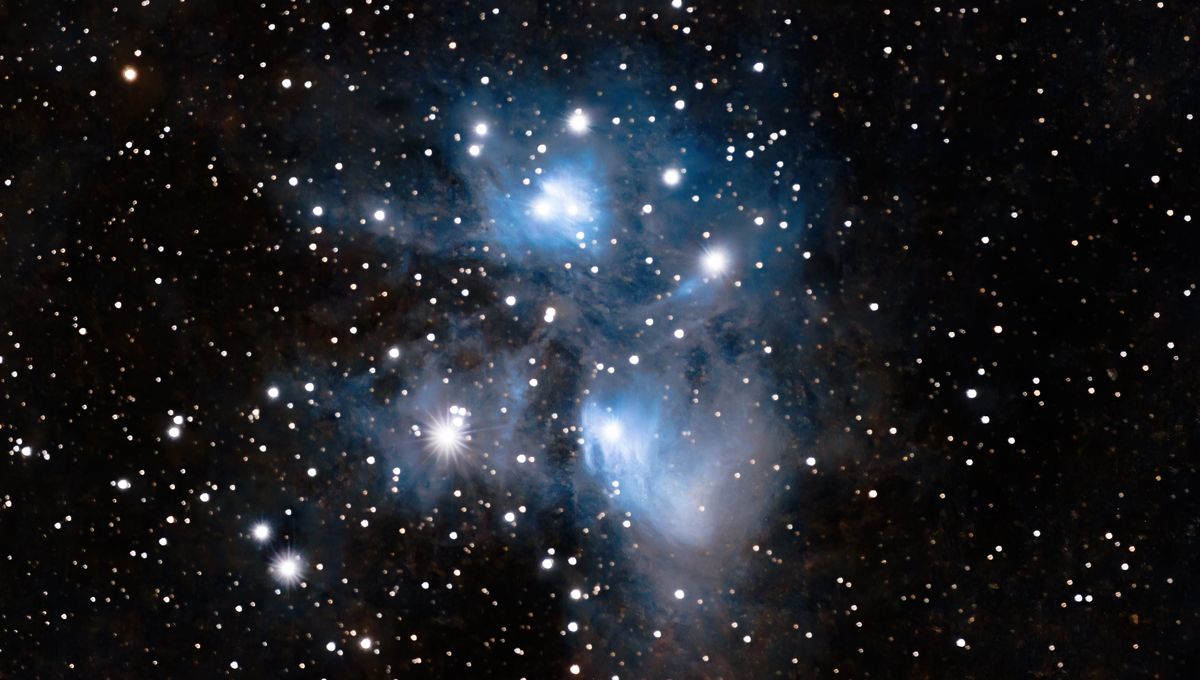
Spooky season is always a good excuse for a celebration, but did you know Halloween also occurs around the same time as an annual astronomical event? That’s right – it’s traditionally considered a cross-quarter day (although that timing is a little off from the “true” day – we’ll get into that later).
Cross-quarter days are the days of the year that roughly mark the midway points between the solstices and equinoxes. As you might’ve guessed given the whole “quarter” thing, there are four such days.
In modern times, they’re considered to be around Groundhog Day (February 2), May Day (May 1), Lammas (August 1) – and of course, Halloween (October 31). The latter falls between the fall equinox and the winter solstice, which happen in September and December, respectively.
These holidays also happen to have roots in the Celtic solar calendar, which used cross-quarter days in order to mark the start of a new season. Halloween, for example, is thought to have roots in the Celtic festival of Samhain, which marked the end of the harvest season and the beginning of winter.
Such roots also go a way to explaining why the dates that we now consider to be cross-quarter days are not actually the exact cross-quarter days in Earth’s orbit around the Sun. The true cross-quarter days end up falling anywhere between two days to a whole week after. The last of the four, for example, is roughly on November 7 – not Halloween. So why the discrepancy?
According to Ohio State University, “[t]his is because these holidays were fixed in the calendar during the late-Middle Ages, whereas in the more distant past their coming was often marked by observing (or at least estimating) the occurrence of a particular station of the Sun along the ecliptic (i.e., observing the arrival of the Solstice or Equinox).”
“The approximate dates we use today reflect half-remembered astronomical traditions that are older than our familiar calendars.”
Funnily enough though, there was actually a point in time at which the last cross-quarter day of the year was still on or around October 31 – going by the Julian calendar, that is.
That’s because it’s believed that Samhain may have been celebrated when the star cluster Pleiades (which is part of the constellation of Taurus) was at its highest point in the sky at midnight. This is also how it links to the spooky season, seeing as this point was traditionally believed to the be time when the veil between the living and the dead was at its thinnest.
Go back to the 11th and 12th centuries, and stick with the Julian calendar of the time – we use the Gregorian today – then lo and behold, both the cross-quarter day and the highest midnight point of the Pleiades would’ve fallen on or around October 31.
Source Link: Halloween Traditionally Doubles Up As A Cross-Quarter Day – But What Exactly Is That?